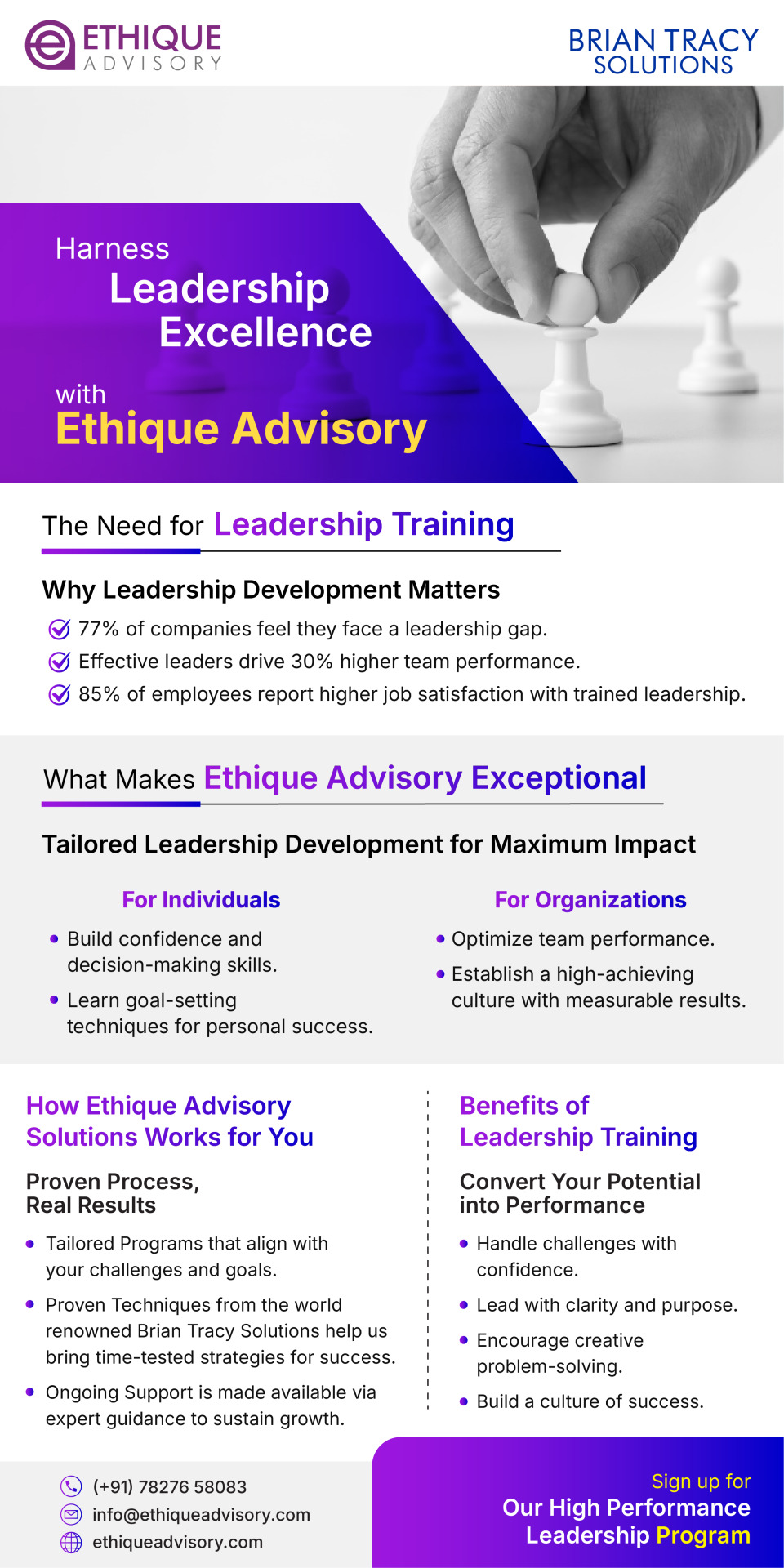#Teamperformance
Explore tagged Tumblr posts
Photo

Discover how cognitive empathy transforms leadership effectiveness, drives team performance, and boosts profitability. Learn practical techniques to develop this crucial skill for modern business success.
1 note
·
View note
Text
Should Ross Atkins Be Fired? The Vlad Guerrero Jr. Debacle
The Toronto Blue Jays entered the 2025 off-season with high hopes. Unfortunately, those hopes have been dealt a serious blow. The team and star first baseman Vladimir Guerrero Jr. failed to secure a contract extension. This was before Guerrero’s self-imposed deadline of February 18, 2025, which marks the first day of spring training. This failure has ignited a firestorm of debate among fans and…
#Baseball#blue jays#BlueJaysGM#BlueJaysManagement#MLB#sports#TeamPerformance#toronto#TorontoBlueJays
0 notes
Photo

Tony J. Hughes: Overcoming Barriers to Sales Success
#businessgrowth#EnterpriseSales#High-PerformingSalesTeams#LeadershipDevelopment#leadershipinsights#performanceimprovement#Ruleof24#SalesCoaching#SalesLeadership#SalesManagement#salesstrategies#SalesSuccess#TeamPerformance#TonyJ.Hughes#WinRates
0 notes
Text
Building Strong Teams with the Right Tools 💪✨

Creating a high-performing team isn’t just about gathering great individuals – it’s about giving them the tools and skills they need to succeed together. That’s where team building programs come in! 🙌
At Blanchard, we offer team leadership solutions that help leaders build trust, resolve conflicts, and keep their teams aligned with their goals. Whether you’re working with a changing team or just looking to improve team collaboration, our leadership development programs have got you covered.
Ready to level up your team? 🏆 Let's make teamwork work for you.
#Teamwork#Leadership#TeamBuilding#HighPerformance#Collaboration#LeadershipDevelopment#AgileTeams#LeadershipSkills#TeamPerformance#FilipinoLeaders#BlanchardPhilippines#LeadershipTraining#LeadershipConsulting
0 notes
Text
OKR Führungstraining Führen mit Objectives and Key Results OKR
"Gesamtnote ‘sehr gut’ für das OKR Führungstraining ‘Führen mit Objectives and Key Results (OKR)’, sowohl für Gunther Wolf als Führungstrainer als auch für Methodik, Didaktik, Themen, Aufbau und Inhalte. Das Führungstraining war zu jeder Zeit spannend, oftmals sogar unterhaltsam und kurzweilig. Gunther ist sehr führungserfahren, hat zig Tricks und Tipps auf Lager, trägt Inhalte humorvoll,…
#Agile#Führung#Führungskräfte#Führungskräfte-Entwicklung#Führungskräfteentwicklung#Management#Mitarbeiter#Mitarbeiterführung#Mitarbeitergespräch#Objectives and Key Results#Performance#Performance Management#Projektmanagement#Team#Teamführung#Teamperformance#Umsetzer#Unternehmensführung#Unternehmensperformance#Unternehmenssteuerung#Variable Vergütung#Vergütung#Ziel#Zielvereinbarung
0 notes
Text

Leadership Training for Success with Ethique Advisory
Discover how Ethique Advisory's Leadership Training programs empower individuals and organizations to bridge leadership gaps, enhance team performance, and cultivate a high-achieving culture. Backed by Brian Tracy Solutions, these tailored programs provide proven strategies for personal and organizational growth.
#LeadershipTraining#EthiqueAdvisory#LeadershipExcellence#BrianTracySolutions#TeamPerformance#LeadershipDevelopment#HighAchievingCulture#ProfessionalGrowth#ConfidenceBuilding#LeadershipMatters
0 notes
Text
Measuring project management quality is an ongoing process that requires a combination of evaluating outcomes, monitoring processes, and gathering stakeholder feedback. By adopting clear metrics and best practices, organizations can ensure that their project management approach not only delivers successful results but also drives continuous improvement over time.
Remember, the goal isn’t just to complete projects it’s to manage them in a way that adds value, builds trust, and strengthens organizational capabilities.
#ProjectManagementQuality#MeasureSuccess#QualityManagement#ProjectSuccess#TeamPerformance#StakeholderSatisfaction#RiskManagement#ProcessAdherence#CommunicationMetrics#ProjectKPIs#ContinuousImprovement#QualityAssurance#EffectiveLeadership#ProjectEvaluation#OrganizationalExcellence
0 notes
Text
S is for Strategy
The Backbone of Effective CoachingIn the world of sports coaching, strategy is the guiding framework that shapes how teams train, compete, and develop over time. It goes beyond just choosing which plays to run; strategy involves thoughtful planning and periodization that align with a coach’s philosophy and the goals of the athletes. This blog post explores the significance of strategy in a…
#SportsTraining#YouthSports#AthleteDevelopment#AthleteSuccess#CoachingExcellence#CoachingPhilosophy#CoachingStrategy#CoachingTips#EffectiveCoaching#goalsetting#PerformanceOptimization#periodization#SportsCoaching#SportsLeadership#SportsManagement#TeamPerformance#teamwork#TrainingPlanning
0 notes
Text
Is investment in Sports Science crucial for the success of the Olympics? 🤔
Well, Dr. Tom Wycherley, Program Director for Exercise and Sports Science - University of South Australia 🇦🇺, has valuable insights for Sports Science enthusiasts. 🤓
Exercise & Sports Science enhance not only athletic performance but also strengthen a team's overall performance 💪. It’s crucial to identify that Sports Science contributes to the holistic development of the Sports Ecosystem 🌱, leading to the success of any match or tournament 🏆.
So, to prepare the athletes for a series of athletic competitions like the Olympics, a country is seen allotting huge investments 💰. Dr. Wycherley mentioned it while talking about how Australia is preparing for the Brisbane Olympics 2032 🇦🇺.
Additionally, he emphasized the requirements India would need to host the Olympics if it were to take place in 2036 🇮🇳.
#sportsscience#olympics#investmentinsports#athleteperformance#teamperformance#sportsecosystem#universityofsouthaustralia#brisbaneolympics2032#IndiaOlympics2036#sportsdevelopment#sportsindustry#education#inspiration
0 notes
Text
Organizational Success

Managerial Development: Equip managers with the tools for innovation, leadership, and team efficiency. Start building success!
#ManagerialDevelopment#InnovationInLeadership#MentoringAndCoaching#TeamPerformance#SkillEnhancement#LeadershipDevelopment#EmployeeEngagement#CareerGrowth
0 notes
Text
Advanced Certified Scrum Master (A-CSM) Training with Vijay Bandaru | Learnovative
Elevate your Agile expertise with the Advanced Certified Scrum Master (A-CSM) Training at Learnovative. This comprehensive program is designed for professionals seeking to deepen their Scrum knowledge and skills. Led by seasoned trainer Vijay Bandaru, you'll gain practical insights and techniques to enhance your team's performance. Join us to transform your career and become a certified Scrum Master today!
Call : 09949994949
#ScrumMaster#ACSM#AgileTraining#Learnovative#VijayBandaru#Scrum#Agile#ProfessionalDevelopment#CareerGrowth#ScrumCertification#ProjectManagement#AgileCoaching#TeamPerformance#ContinuousImprovement#CSM#CSPO#ACSPO#CSMtraininginHyderabad#CSMtrainingcoursesinHyderabad#ScrumMastertraininginHyderabad#ScrumMastercertificationinHyderabad#CertifiedScrumMastercertificationinHyderabad#CertifiedScrumMastercertificationtraininginHyderabad#CSMcertificationinHyderabad#CertifiedScrumTrainerinHyderabad#CertifiedAgileScrumTrainerinHyderabad#CertifiedEnterpriseCoachinHyderabad#CertifiedTeamCoachforCSMinHyderabad#CertifiedTeamCoach#CSPOinHyderabad
0 notes
Photo

Learn how cognitive empathy transformed my team's performance, communication, and retention. No fancy tools or exercises - just a practical approach to understanding how your people think.
0 notes
Text
youtube
#BusinessStrategy#SEO#LeadGeneration#ColdCalling#Listicles#ParasiteSEO#DigitalMarketing#TeamPerformance#BusinessGrowth#marketingstrategies#Youtube
0 notes
Text
Mitarbeiterführung: Führungskräfteschulung Delegieren, Motivieren und Führen mit Zielen
"Die Führungskräfteschulung über Delegieren, Motivieren und Führen mit Zielen bewerte ich mit “sehr gut”, sowohl im Hinblick auf die Inhalte und Methoden als auch im Hinblick auf den Trainer. Gunther Wolf ist sehr fachkompetent und sehr führungserfahren. Er hat zu allen Themen der Teilnehmer einen guten Tipp oder zwei auf Lager. Humorvolle Vortragsweise, sehr guter Austausch! Alle Fragen wurden…
#Delegieren#Engagement#Führen auf Augenhöhe#Führung#Führungsinstrument#Führungskräfte#Führungskräfte-Entwicklung#Führungskräfteentwicklung#Führungsmethode#Führungspsychologie#Leistung#Leistungsbeurteilung#Leistungsträger#Minderleistung#Mitarbeiter#Mitarbeiterführung#Mitarbeitergespräch#Mitarbeiterzentrierung#Mitarbeiterzufriedenheit#Motivation#Nachhaltigkeit#Performance#Performance Management#Teamführung#Teamperformance#Trainer#Unternehmensergebnis#Unternehmensführung#Zielorientierung#Zielvereinbarung
0 notes
Text
The Importance of Employee Recognition in Enhancing Corporate Culture
Employee recognition is a critical factor in shaping and improving corporate culture. It involves the acknowledgment and appreciation of an employee’s hard work, achievements, and contributions. This recognition acts as a key strategy in any organization, leading to a host of benefits:
Boosting Employee Motivation and Engagement
Recognizing employees instills a sense of value and purpose, significantly increasing motivation and promoting continuous high performance. High employee engagement results in a deeper commitment to their roles and positively influences the company’s objectives.
Increasing Productivity
Appreciating employees’ efforts fosters a supportive workplace atmosphere, which in turn enhances productivity. Recognized employees are more likely to assume greater responsibility and aim for excellence.
Enhancing Employee Retention and Loyalty
A recognition strategy is crucial for keeping employees happy. Cultures that value and appreciate their staff see higher loyalty levels, which decreases turnover rates and helps retain top talent.
Encouraging Teamwork
Recognizing both individual and team achievements supports a culture of collaboration. This is vital for meeting business goals efficiently and promotes a strong sense of community within the company.
Creating a Positive Work Environment
A culture rich in recognition significantly contributes to a positive work atmosphere and high morale. This ensures employees are satisfied, leading to a healthier and more productive workplace.
Stimulating Innovation and Creativity
Celebrating innovative ideas and creative efforts encourages a climate of continuous improvement. In a supportive atmosphere, employees feel more comfortable sharing new ideas and pursuing creative solutions.
For companies to fully benefit from recognition in corporate culture enhancement, they should implement regular feedback, employee appreciation programs, rewards, peer recognition, and a culture of gratitude.
Key Takeaway: Leveraging employee recognition is essential for advancing corporate culture, driving employee motivation, productivity, loyalty, teamwork, and innovation. Integrating recognition into an organization’s culture not only acknowledges excellence but celebrates it, making the company a leader in creating a dynamic and supportive work environment.
More at: https://albimarketing.com
#belonging#communityengagement#employeeexperience#employerbrand#peoplelink#recognition#talentacquisition#teamperformance
0 notes
Text
The Stages of Forming a Project Team: A Step-by-Step Guide
Building a successful project team is crucial to the success of any project. A well-formed team can efficiently collaborate, solve problems, and deliver high-quality results. However, forming a project team is more than just assembling a group of skilled individuals—it’s about creating a cohesive unit that works well together. In this blog, we’ll explore the key stages involved in forming a project team and how to navigate each step effectively.
#ProjectTeam#TeamFormation#ProjectManagement#TeamBuilding#Leadership#Teamwork#ProjectSuccess#TeamDevelopment#ProjectPlanning#TeamDynamics#TeamCollaboration#StakeholderManagement#CommunicationSkills#TeamRoles#TeamPerformance#ProjectGoals#EffectiveTeams#WorkplaceCollaboration#TeamOnboarding#HighPerformingTeams
0 notes